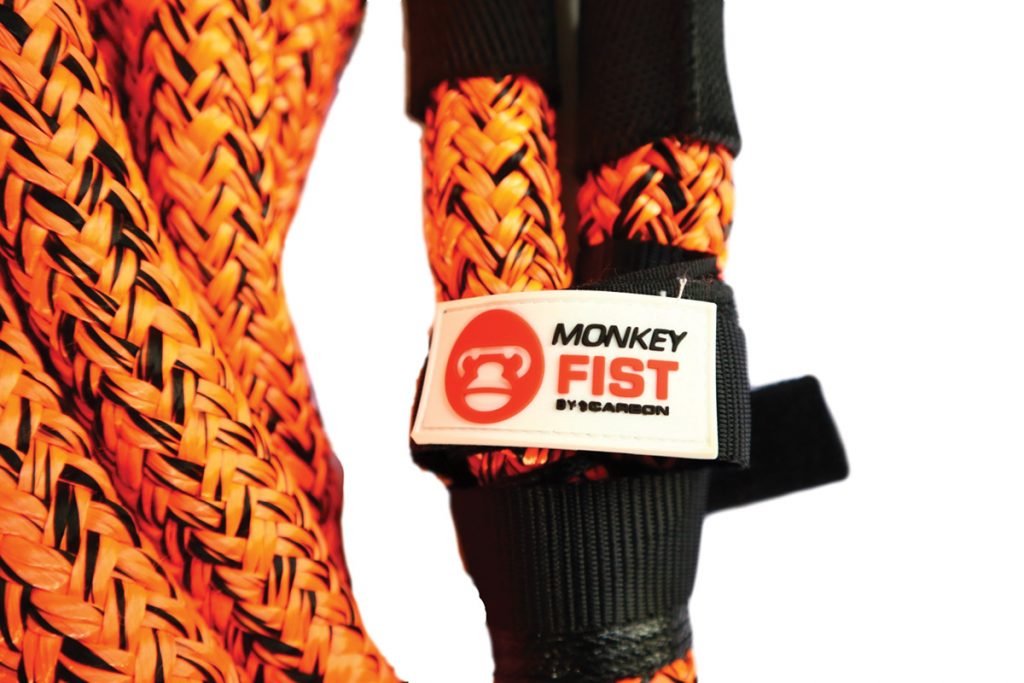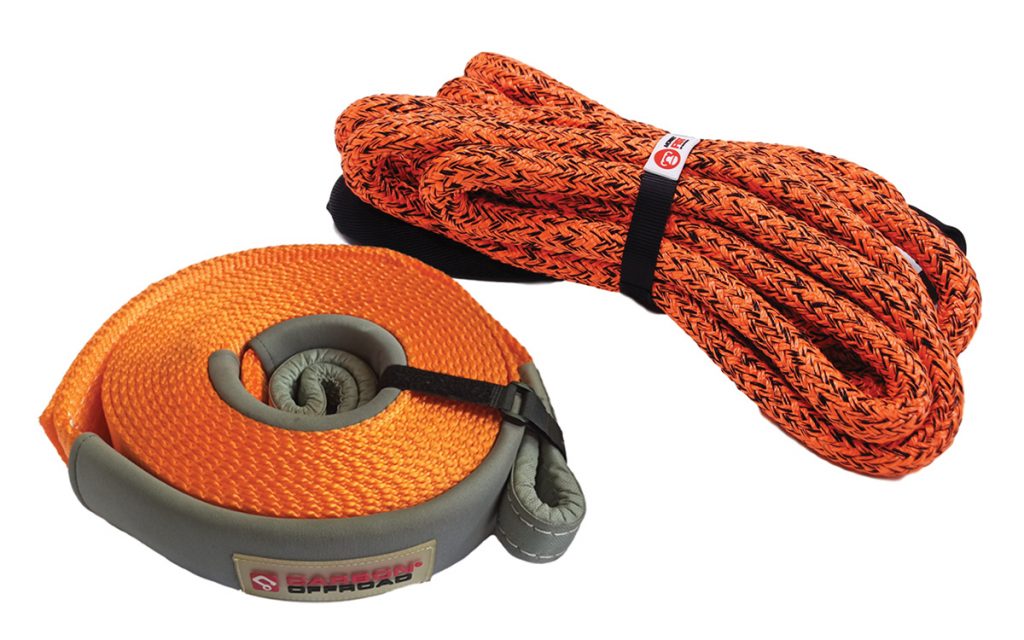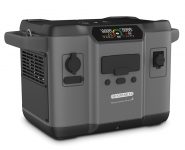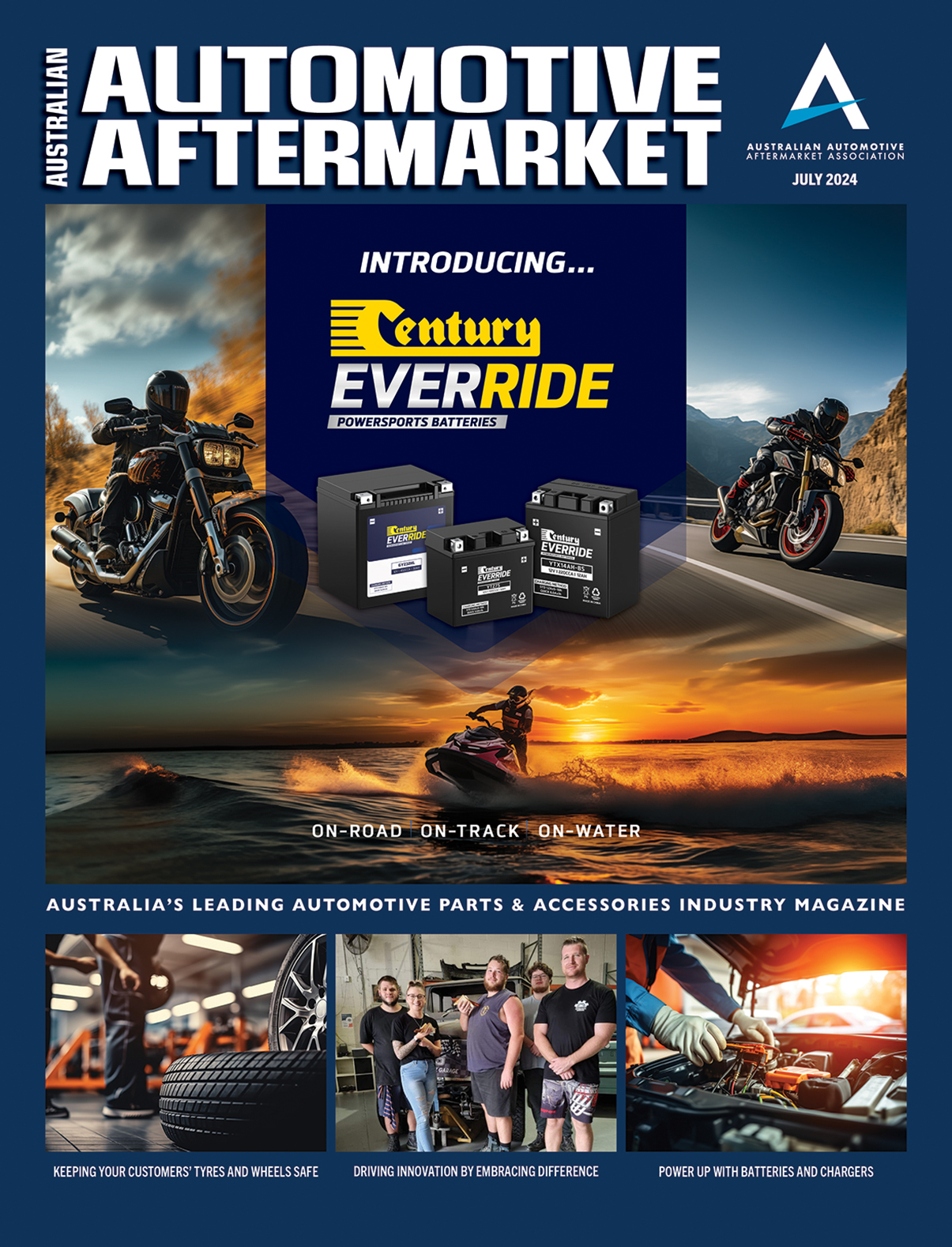SNATCH STRAPS VS KINETIC ROPES
Carbon Offroad explains the difference

There’s a new player that’s been making its way into the recovery scene: kinetic rope.
The snatch strap has been a recovery staple for many and with many successful vehicle recoveries over the years, it is included in most people’s recovery bags.
So, what’s the difference between a snatch strap and a kinetic rope, and why should you pay extra for it?
“Well as technology improves over the years with most things – mobile phones, televisions and so on – the humble recovery kit has also had some improvements as well,” Carbon Offroad’s James Don said.
“Firstly, let’s define their use: both are used by attaching a bogged vehicle to a recovery vehicle by the use of a strap or rope to rated recovery points.
“And both use kinetic energy stored in the rope when the recovery vehicle uses a ‘yanking’ method to assist the vehicle that is bogged while the recovery vehicle uses motor power to assist with the recovery.
“This style of recovery has been very effective for a long time in 4WDing and off-roading. So, why would we change?”
James explains that there are a number of differences between the two to consider in making this decision.
Manufacturing differences:
• Snatch Strap: made from 100 percent Nylon which gives it its stretch abilities (20 percent stretch); sewn end loops; and woven flat Nylon material.
• Kinetic Ropes: made from a combination of Nylon6 and Polyester (29 percent stretch); woven end for greatly improved strength and durability; inner Nylon core for stretch; and woven outer core for abrasion resistance.

Pros and Cons
• Snatch Strap Pros: good on price and value; less bulky once rolled up; less weight (1kg lighter).
• Kinetic Rope Pros: lasts longer; has inter-woven ends for better strength; more abrasion resistant with dual layers; has increased stretch for softer recover (29 percent); floats; faster pack away; can be used multiple times due to its design.
• Snatch Strap Cons: has stitched ends (weakness that can fail); has 20 percent stretch rate; can only be used safely a few times; doesn’t float; not as compliant on both vehicles during the recovery (only 20 percent stretch); slower to pack up – you could just throw it in a bag, but winding it up makes for a neater recovery bag.
• Kinetic Rope Cons: cost; weigh more than a snatch strap (approximately 1k heavier); slightly bulkier to store.
“To summarise, both the kinetic rope and snatch strap have both good pros and some cons for you to consider when upgrading or purchasing a new recovery rope/strap,” James said.
“For me, I would upgrade to a kinetic rope personally as it is more compliant on both 4WDs (recovered/recovering) which could see you save money in the long term with less stress on the chassis and its associated components.
“It is also much easier to pack away, especially if it is caked up with mud or sand.”
For more from Carbon Offroad, visit www.carbonoffroad.com.au





